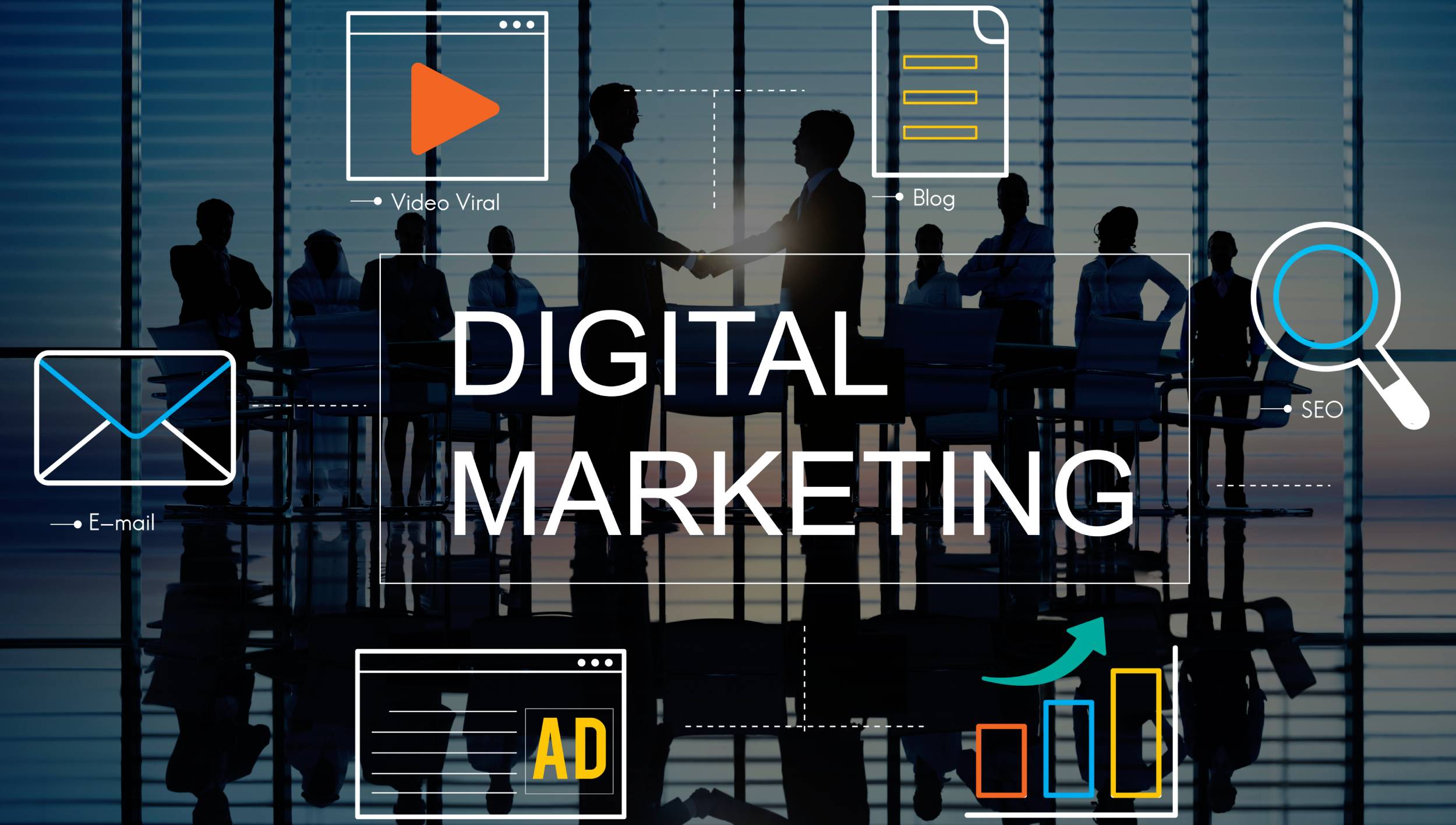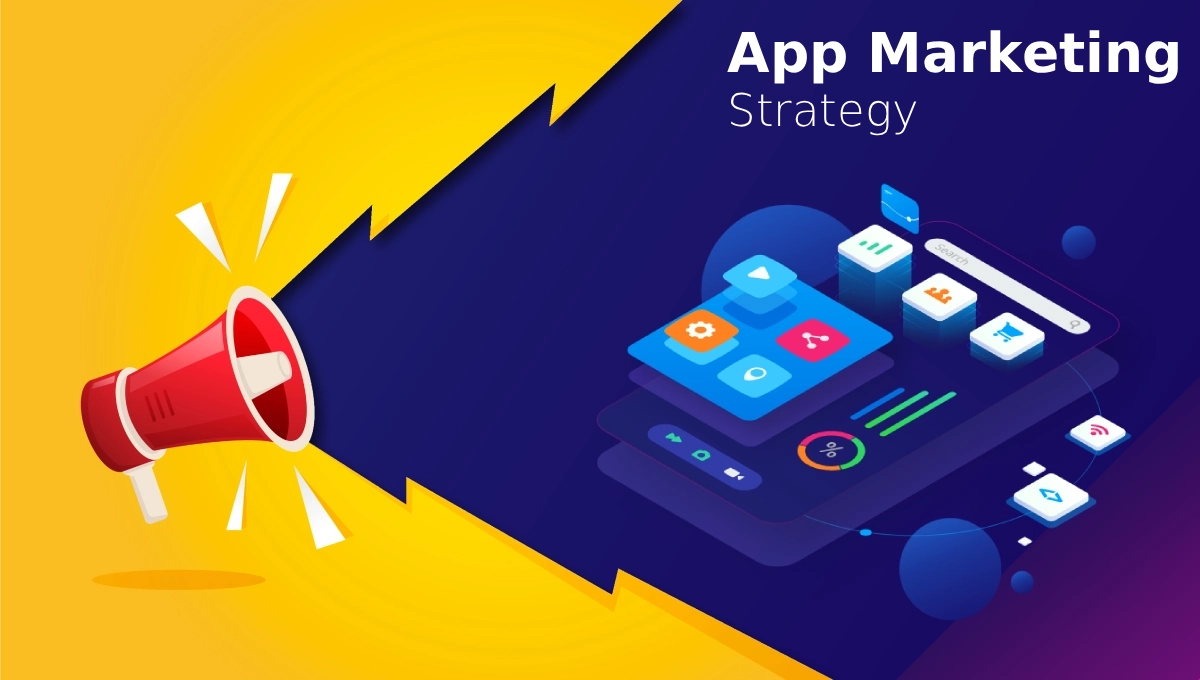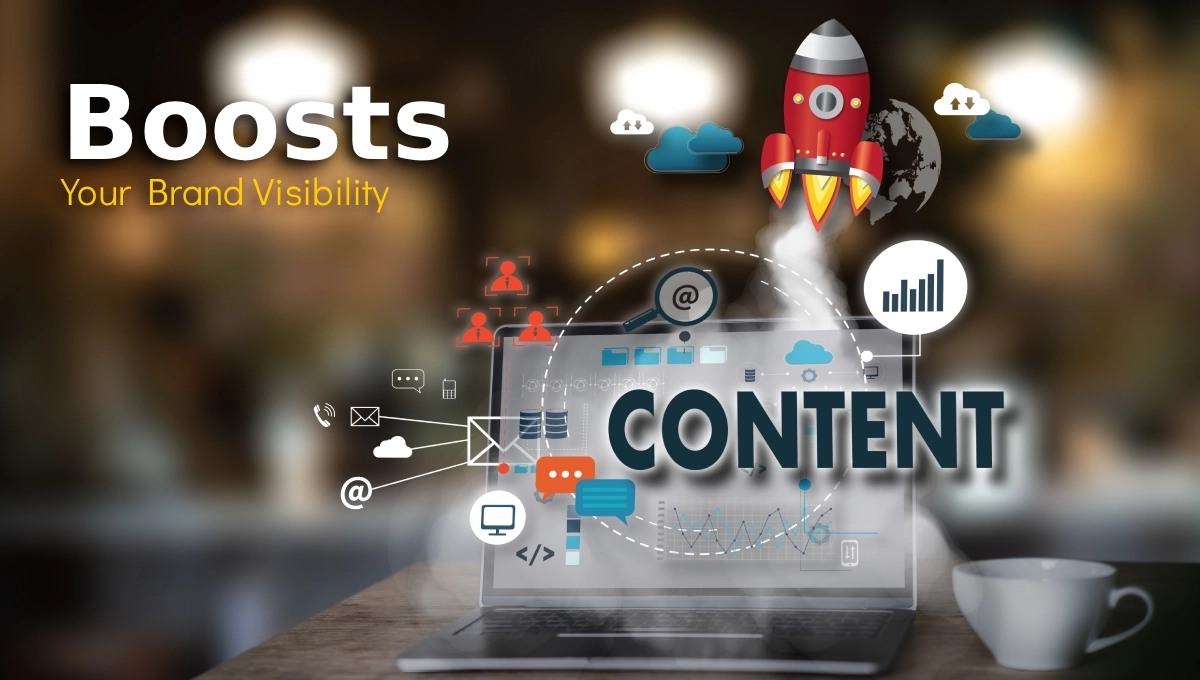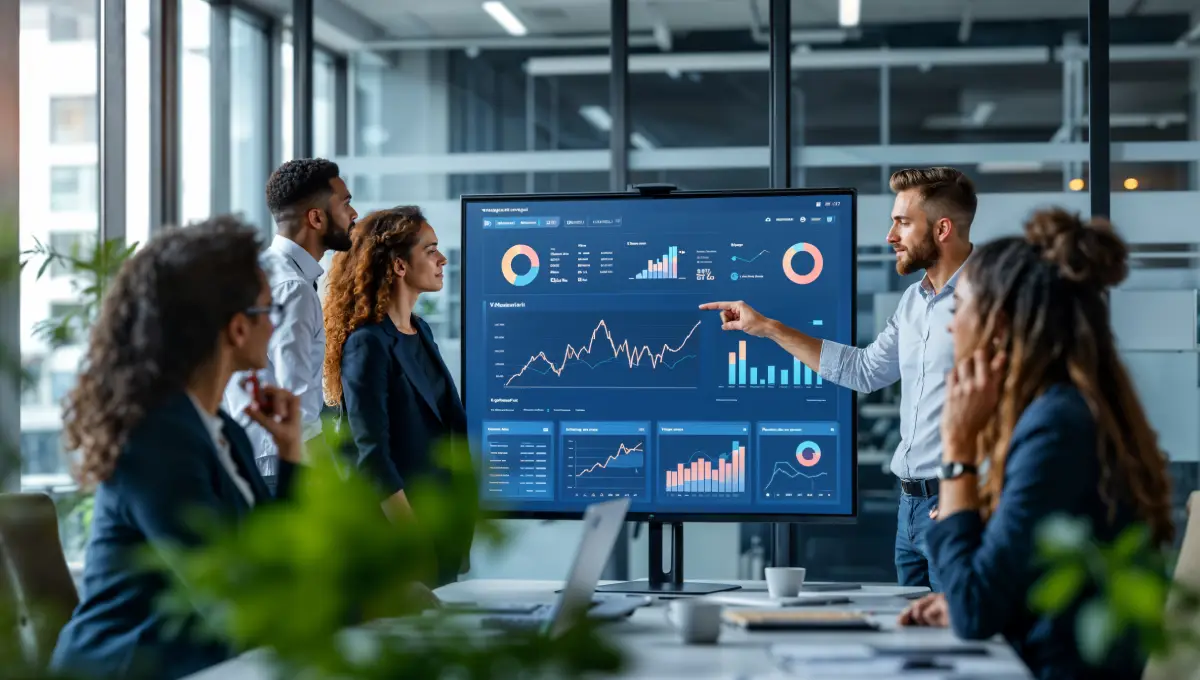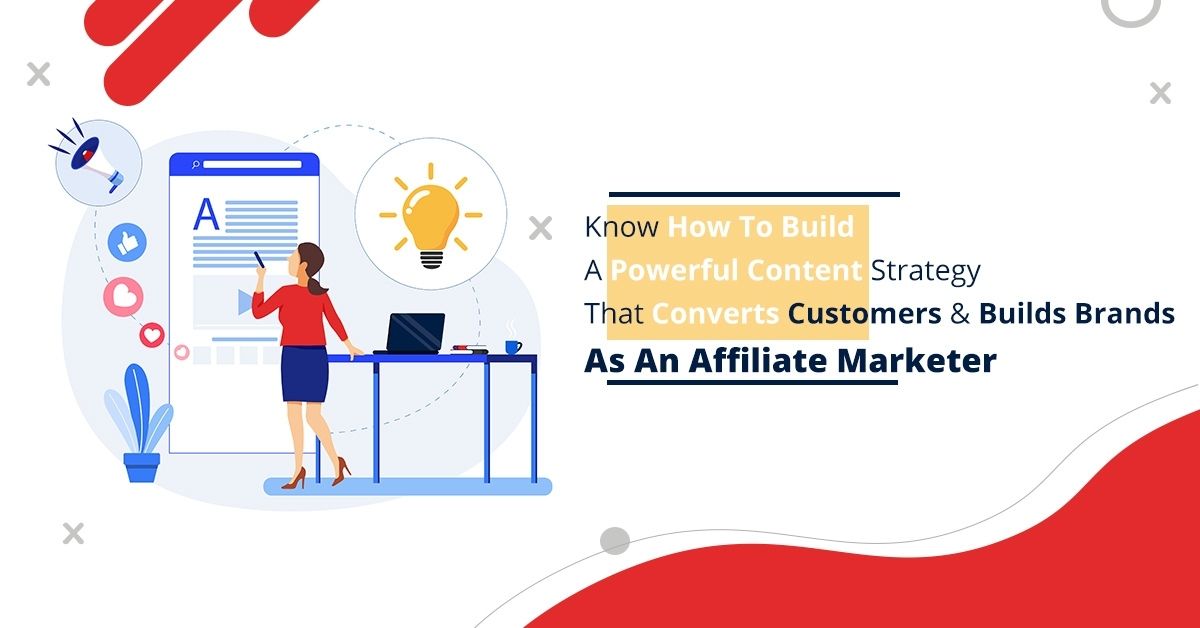Table of Contents
The Top Digital Marketing Ads Formats Dominating
Digital advertising in 2025 is all about being smart, seamless and personalized. The top formats aren’t just about reach, they’re approximately connected. Whether you’re leveraging display banners, engaging through videos or building trust via influencers, it’s the strategy, timing and relevance that make all the difference.
The smartest brands will be those that embrace AI, automation and omnichannel creativity, making campaigns that resound with real people at each stage of the buyer journey.
Display Advertising: The Visual Vanguard
Display ads remain one of the most recognizable and widely used digital formats. These banner-style ads appear across websites, mobile apps and video platforms, featuring a mix of images, animations or short video loops. They’ve evolved from simple static banners to highly engaging, interactive units that draw users in.
Why it works:
-
- Eye-catching visuals demand attention and drive quick brand recall.
- Advanced targeting capabilities allow advertisers to segment users by behavior, interests and demographics.
- Programmatic buying makes scaling campaigns more efficient and cost-effective.
In 2025, display advertising is deeply integrated with AI driven personalization, dynamic ad creatives and real-time bidding (RTB), helping advertisers maximize ROI while maintaining user engagement. Shoppable formats and embedded CTAs drive direct action, blending awareness with conversion goals.
Benefits of display advertising:
-
- Boosts brand visibility across multiple platforms and devices.
- Enhances user engagement with interactive and rich media formats.
- Supports retargeting strategies to re-engage interested users.
- Offers measurable performance with real-time analytics and tracking.
Search Engine Advertising: Intent-Based Power
Search Engine Marketing (SEM), via platforms like Google Ads and Bing Ads, taps into user intent better than any other format. When users are actively searching for a solution, service or product, paid search puts your brand at the top of the results.
Best for:
-
- Capturing high-intent users who are ready to take action.
- Executing both local and global campaigns with ease.
- Achieving high ROI with minimal ad spend waste.
In 2025, search ads are smarter. Voice search optimization is no longer optional, with more users relying on voice assistants like Alexa and Siri. Also, AI-generated snippets allow brands to answer queries directly in a conversational tone, improving click-through rates and enhancing accessibility.
Social Media Advertising: Influence in Motion
With billions of users scrolling across platforms daily, social media advertising is indispensable for brand growth. Paid social media advertising like Instagram Reels, LinkedIn-sponsored posts and Facebook video stories offers precise targeting and creative freedom.
Trending formats in 2025:
-
- Shoppable posts on platforms like TikTok and Instagram.
- Live video ads integrated into real-time streaming.
- AI-generated influencers creating hyper-realistic, brand-aligned narratives.
Ad platforms across Meta, Pinterest, Snapchat and even X (formerly Twitter) have upgraded with AI-driven recommendations and predictive insights, helping advertisers plan smarter and scale faster.
Native Advertising: Seamless, Subtle and Strategic
Native ads are non-disruptive by design. These ads blend naturally into surrounding content appearing as sponsored articles, recommended videos or in-feed posts on news portals and apps.
Why brands love it:
-
- Higher engagement and completion rates.
- Trust-building potential when paired with educational or valuable content.
- Optimized for mobile-first consumption, where disruptive formats often fail.
By 2025, platforms like Outbrain, Taboola and Yahoo Gemini now support immersive storytelling formats, allowing native ads to go beyond simple content placement. They’re enriched with scroll-stopping visuals, interactive carousels and even instant checkout features.
Video Advertising: Stories That Stick
If content is king, then video is the empire. Platforms like YouTube, TikTok, Meta Watch, Instagram Reels and Vimeo have turned video content into the most consumed media type and brands have capitalized on it.
What’s trending:
-
- AI-generated video ads tailored to individual viewer behavior.
- Interactive video formats with clickable CTAs, forms or product showcases.
- Real-time optimization using AI that adjusts ad creative mid-campaign.
Whether it’s a 6-second bumper ad or a 2-minute explainer, video enables emotional storytelling that sticks. Brands that pair clever storytelling with strategic messaging on leading video marketing platforms can go viral while also driving sales.
Influencer & Affiliate Advertising: The Trust Network
In a saturated ad space, consumers turn to people they trust influencers, creators and reviewers. That’s why influencer and affiliate marketing continue to thrive.
Popular formats in 2025:
-
- Micro-influencer collaborations with high engagement in niche communities.
- Affiliate partnerships with coupon sites, cashback platforms and blogs.
- Podcast sponsorships featuring native ad reads or discussions.
With AI tools offering fraud-free influencer tracking and performance mapping, brands now have better control over influencer ROI. Platforms like Refpay Media empower companies to build scalable, data-driven campaigns rooted in trust and relevance.
Audio & Voice Ads: Speak to Be Remembere
Audio is no longer background noise, it’s a powerful advertising channel. With smart speakers in homes and podcasts in ears, audio ads have grown massively.
Why they’re effective:
-
- Highly personalized based on listening behavior and preferences.
- Hands-free engagement, ideal for multitasking users.
- Strong brand recall due to frequent repetition and memorable slogans.
Spotify, Amazon Music and Apple Podcasts allow brands to deliver contextual, non-intrusive audio ads that feel like part of the content. With more smart cars and homes connected to voice ecosystems, this format is now a necessity.
Programmatic & Retargeting Ads: AI Gets Personal
Automation is no longer a feature, it’s the foundation. Programmatic advertising uses algorithms and AI to purchase and place ads in real time. It determines the best time, platform and audience for your ad at the lowest cost.
Benefits of programmatic and retargeting:
-
- Lower Cost Per Acquisition (CPA).
- Automated real-time optimization.
- Dynamic creatives that change based on individual user behavior.
Add retargeting to the mix and you’re now reminding users about products they already considered. With Dynamic Creative Optimization (DCO), ads appear tailor-made, showing relevant images, pricing or offers based on what the user viewed previously.
The Benefits of Choosing the Right Ad Type
Navigating the wide range of types of digital advertising might seem overwhelming, but each serves a specific purpose in the user journey right from awareness to conversion.
Here’s a quick summary of what smart advertisers gain:
-
- Precision targeting: Reach your exact audience across demographics and behaviors.
- Real-time analytics: Track and tweak campaigns on the fly.
- Cost efficiency: Scale up or down based on performance and budget.
- Omnichannel consistency: Align your message across devices and platforms.
- Improved ROI: Better tracking = better decisions = better results.
Refpay Media empowers brands with end-to-end digital ad solutions, combining creativity, performance and strategy under one roof.
Digital Marketing Challenges in 2025
While innovation continues to push boundaries, brands must also tackle evolving digital marketing challenges, including
-
- Ad fatigue: Bombarding users with the same creatives leads to disinterest.
- Privacy regulations: Cookie deprecation and stricter compliance laws demand better first-party data strategies.
- Platform saturation: Too many platforms can dilute messaging.
- Content overload: Standing out in a content-heavy world requires stronger narratives and storytelling.
Solutions? Focus on personalized content, contextual relevance and a strong mix of digital channels.
Your Digital Roadmap Ahead
There’s no one-size-fits-all when it comes to digital advertising. Your brand’s goals, audience and budget will determine which ad types work best. But understanding the types of digital marketing channels and how to use them creatively and strategically is the first step to unlocking impactful growth in 2025.
Whether it’s social media marketing, influencer partnerships or programmatic targeting, a balanced digital strategy will help your brand remain competitive and compelling.
FAQs
- What is the most effective type of digital advertising in 2025?
In 2025, the most effective digital ads are those that use AI-driven personalization such as programmatic, video and social media ads offering real-time targeting and dynamic content for higher engagement and ROI. - How do display ads differ from native ads?
Display ads stand out visually, while native ads blend into content for a smoother, less intrusive user experience. - Why is programmatic advertising important today?
Programmatic ads use AI to automate buying, target the right audience and boost ROI especially with retargeting. - How can brands overcome digital ad fatigue in 2025?
Combat ad fatigue with fresh creatives, varied formats, first-party data and storytelling that adds real user value.

